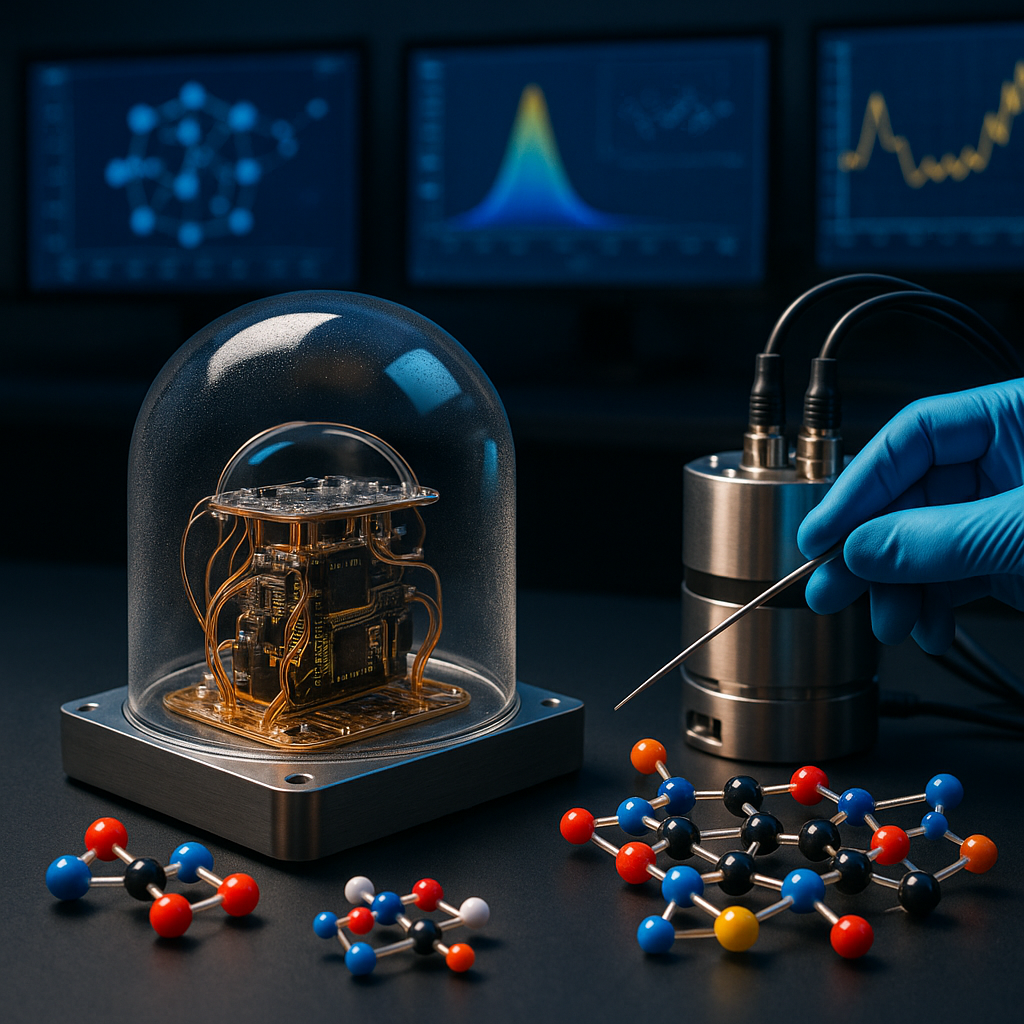Google’s Willow Demonstrates First Verifiable Quantum Advantage with Quantum Echoes
Published Nov 11, 2025
Google announced the first verifiable quantum advantage: its Quantum Echoes algorithm on the 105‐qubit Willow processor solved a physically meaningful task (out‐of‐time‐order correlators, OTOCs) roughly 13,000× faster than the best classical algorithm—2.1 hours on Willow versus ~3.2 years on Frontier. The result is verifiable because expectation values can be repeated and compared across devices, and Google demonstrated a molecular‐ruler proof‐of‐principle for 15‐ and 28‐atom structures via NMR. This milestone shifts quantum progress from synthetic benchmarks toward trustworthy, application‐relevant outcomes with implications for drug discovery, materials and chemical analysis. Limitations remain: small system sizes, need for independent replication on other hardware, and challenges in scaling and error correction. Key enablers were algorithmic innovation, hardware maturity, and rigorous benchmarking.
